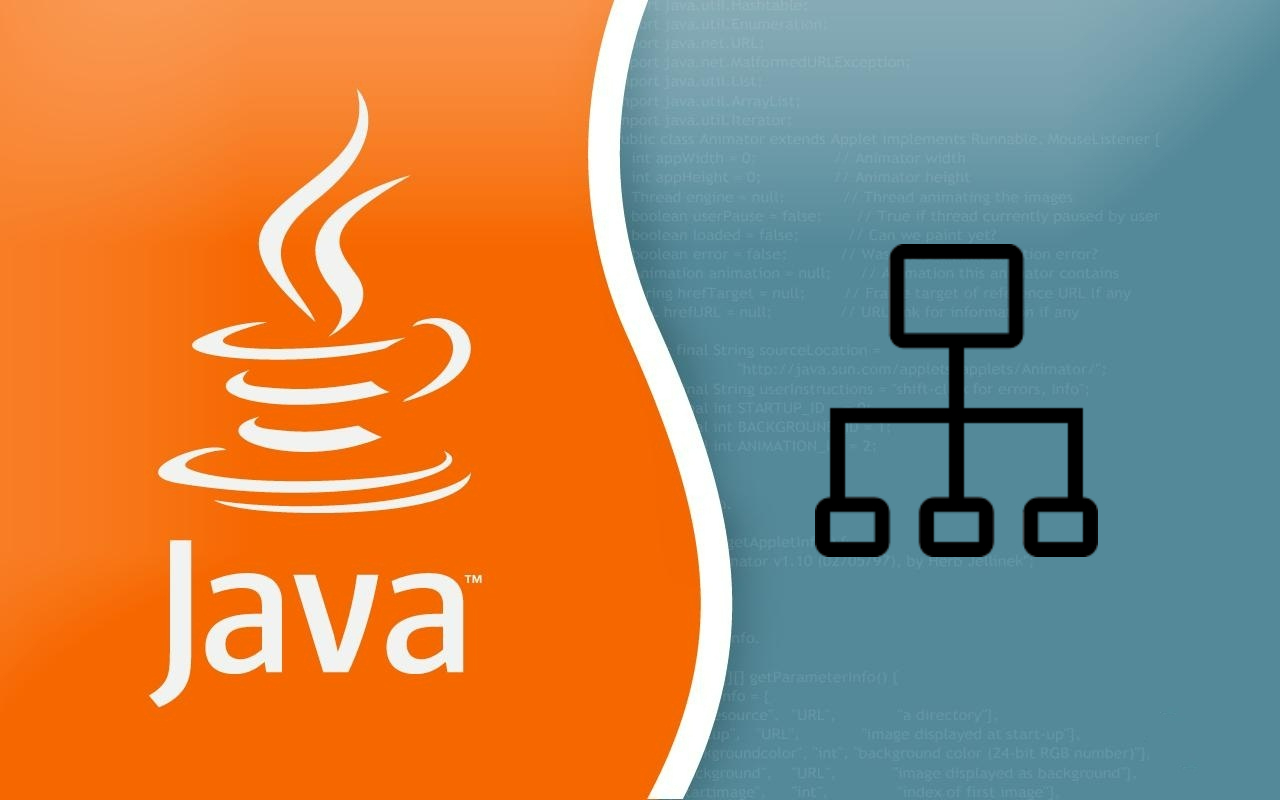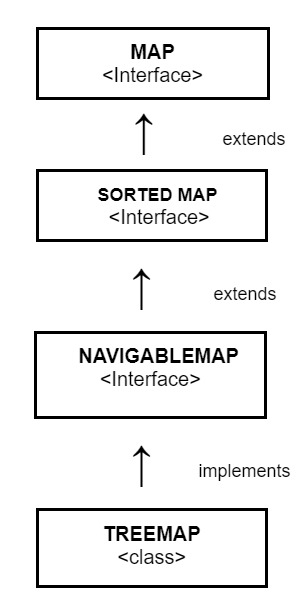A guide to treeMap in Java Collection Framework

JAVA COLLECTION FRAMEWORK
As you all know Java is one of the popular programs which is a class-based, high-level programming language. One of the most important aspects of the Java programming language is the collection Framework. Collections are widely used, in most computer languages. Even Though we use them, the majority of them offer a variety of collections, including list, set, queue, stack, and so on.
The Java Collection Framework is an architecture to store and manipulate a group of objects. It allows the execution of different data manipulation actions on a group of items, such as manipulation, searching, sorting, insertion, deletion, and updating data. It aids in effective storage and helps to process data well.
Programmers can make their tasks easy by using this framework because it includes a pile of functional classes with varieties of functionalities. Powerful algorithms and data structures reduce the programming effort. Thus it increases the data speed and quality.
Java Collection Framework includes:
Classes: As mentioned below Java collection framework is made up by using several classes. This is used to store data safety. These classes at the top will be implementing the collection interface. Some of the classes come with complete implementations that can be used in the right way. On the other hand, abstract classes provide the skeletal implementations that can be used as a starting point for building concrete collections. Some of the classes are LinkedList, Array, PriorityQueue, HashSet, LinkedHashSet, and TreeSet.
Interface: Interfaces are the collection-representative abstract data types. Many interfaces like List, Set, Queue, deque, and Iterator are provided by the Java collection framework. The interfaces Collections can be manipulated using the interfaces regardless of the details of their representation. In most object-oriented languages, interfaces are organized in a hierarchy.
Algorithm: The algorithm is the set of requirements for fixing a complication or fulfilling an assignment accurately. Several algorithms are specified as static methods in the Java collection framework and may be used with collections and map objects.
TREEMAP
The map is where the key and value are stored. It can be used when we require to search, delete or update key-based elements. HashMap, TreeMap, and LinkedHashMap are the three general-purpose maps in the java platform. Here we are going to deal with the purpose of TreeMap in the Java Collection Framework.
You would have seen e-commerce websites like eBay, Amazon, etc. where there is an option to sort the items according to various features. For instance, prices could be sorted into certain price ranges from high to low price or based on their relevance. These functionalities are implemented through a sorted map called TreeMap.
The TreeMap helps to store the Key-value pairs in a sorted order, where the key is compared to the value and the root of the key is the value. Each Key-Value pair is an entry. It sorts all the entries based on sorting criteria by default that are added to the collection.
TreeMap is the best to use when someone requires storing entries to a large extent and in sorting those elements as Key-Value pairs in the natural order. This helps to access fastly.
The TreeMap class is packaged in java. util WHERE: K is a type of key managed by this map V is a type of value managed by this map.
Features
There can’t be a null key in the treemap, but there can be numerous null values. Apart from the maintenance in ascending order, the Treemap is the same as Hashmap. TreeMap is not synchronized. All elements are unique in TreeMap
Hierarchy of TreeMap
TreeMap shows a hierarchical view of the data using the following diagrams.

Structure and data are stored therein a tree. Patterns are spotted easily using rectangular diagrams. The TreeMap class is an implementation of the Map interface based on red-black trees.
Important Methods of TreeMap Class
- Void clear(): It is to remove all Key-value pairs from Treemap.
- V get (Object key): The value will be returned, which is associated with a specified key.
- K highlighted key(K key): Key is returned which is greater than the specified key.
- Int size(): Total Key-value pairs in a treemap will be returned.
- Boolean is Empty(): when there are no key-value pairs in a TreeMap, it returns true.
- K lower-key(K key): Key is returned, which is smaller than the specified key.
